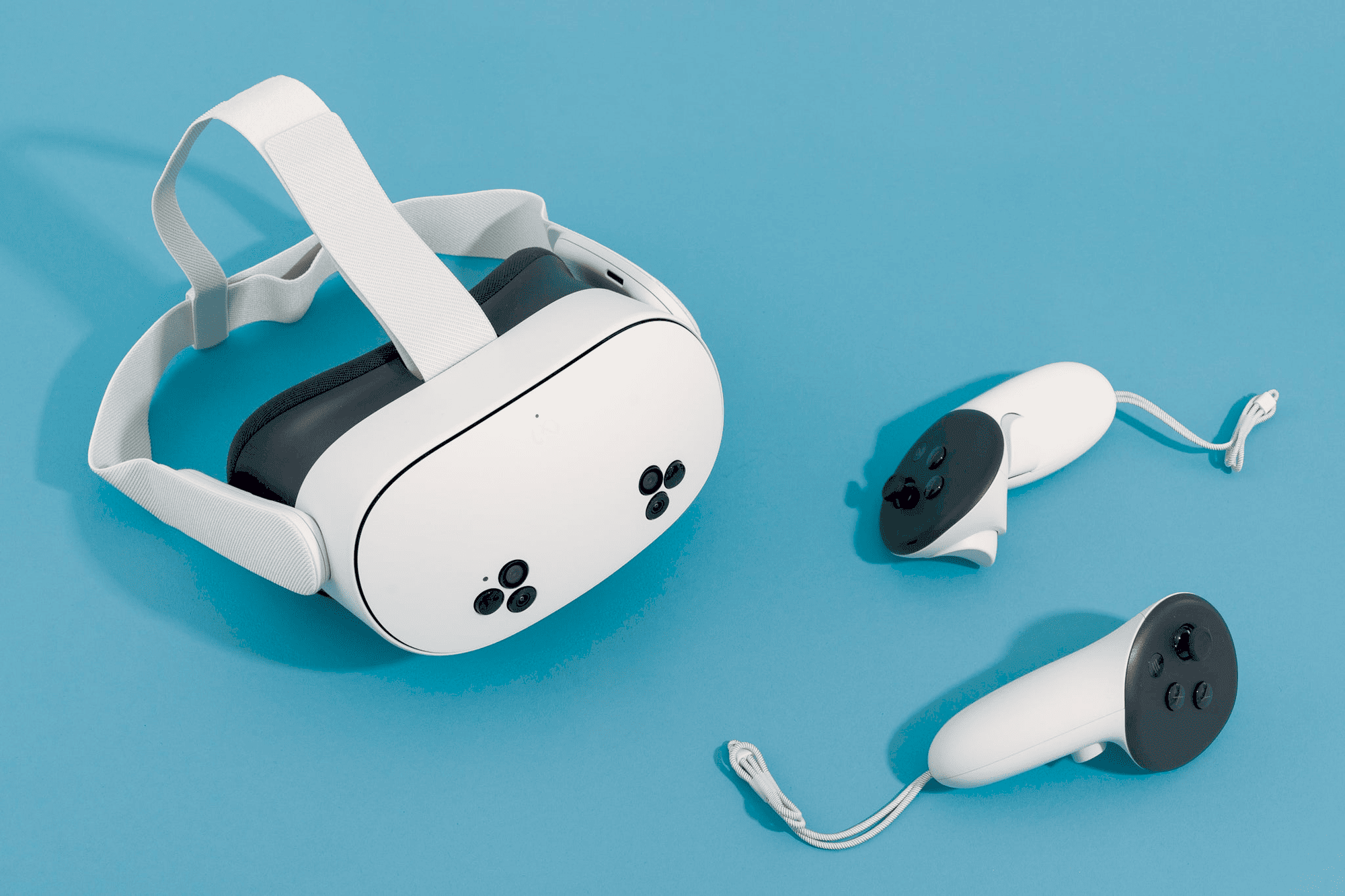Sound blocking enhances VR immersion by reducing distractions, but it can also isolate users from their physical surroundings. Other sensory elements like visual fidelity and haptic feedback are crucial for a comprehensive experience. However, environmental factors play a significant role in sound blocking effectiveness, and ongoing research suggests future advancements in adaptive sound technologies.
Understanding Sound Blocking in Virtual Reality
Sound blocking in virtual reality (VR) refers to the techniques used to minimize or eliminate external noises that can disrupt the immersive experience. By creating a soundproof environment, users can fully engage with the virtual world without distractions. This is crucial, as the auditory elements in VR play a significant role in shaping the user’s experience.
In essence, sound blocking helps to transport users into a different realm, where they can focus entirely on the VR content. Techniques such as noise-canceling headphones, soundproof rooms, and acoustic panels are commonly employed to achieve effective sound blocking. These methods ensure that the sounds generated in the virtual environment remain the primary focus, enhancing overall immersion.
The Science of Sound and Immersion
The relationship between sound and immersion in VR is profound. Sound is one of the key sensory elements that influence how users perceive and interact with virtual environments. Research shows that realistic audio can enhance feelings of presence, making users feel as though they are genuinely part of the VR world.
When users are immersed in a virtual setting, sound cues help to create a sense of realism. For example, the sound of footsteps, ambient noises, or background music contributes to the atmosphere and emotional impact of the experience. Therefore, effective sound blocking is essential; it ensures that these auditory elements are not overshadowed by real-world sounds, which can break immersion.
Enhancing the VR Experience through Sound Blocking
Blocking outside sounds can significantly enhance the overall VR experience. By minimizing distractions, users can concentrate better on the virtual tasks at hand. This leads to a more engaging and enjoyable experience, where users can fully explore the possibilities of the VR world.
Benefits of sound blocking in VR include:
- Improved Focus: Users can concentrate on the virtual environment without interruptions.
- Enhanced Emotional Engagement: A quiet environment allows users to connect more deeply with the story and characters.
- Greater Realism: Clear, undisturbed soundscapes create a more believable virtual experience.
Ultimately, sound blocking serves as a vital tool for optimizing the VR experience, allowing users to immerse themselves fully in their chosen virtual adventures.
Recent Research Findings on Sound Blocking in VR
Recent studies have shown that sound blocking in virtual reality significantly enhances user immersion. Research conducted by the University of Southern California indicates that participants using noise-canceling headphones reported a 30% increase in perceived realism compared to those in a standard audio environment. This highlights how critical sound blocking is to the overall VR experience.
Moreover, a study published in the Journal of Virtual Reality found that environments with effective sound blocking resulted in a 50% reduction in distractions, enabling users to focus on their virtual tasks. These findings suggest that sound blocking techniques are not merely enhancements but essential components for creating engaging virtual experiences.
Overall, the evidence supports the idea that effective sound blocking can transform a standard VR session into a deeply immersive experience, making it a crucial area for further exploration in VR development.
Techniques and Technologies for Sound Blocking in VR
Sound blocking in virtual reality can be achieved through various techniques and technologies. Key methods include:
- Noise-Canceling Headphones: These are designed to reduce ambient noise, allowing users to concentrate on the sounds within the VR environment.
- Soundproof Rooms: Dedicated spaces designed to minimize external sounds can significantly enhance immersion.
- Acoustic Panels: Installing these in a VR setup can absorb sound, reducing echoes and improving audio clarity.
- Directional Speakers: These speakers focus sound in a specific direction, minimizing external noise interference.
These technologies facilitate sound blocking, ensuring that users can engage deeply with their virtual surroundings without real-world distractions. Each method offers unique advantages, making it essential for users to consider their specific needs when setting up their VR environments.
Implementing Sound Blocking in Personal VR Setups
For those looking to implement sound blocking in their personal VR setups, several practical tips can help achieve the best results:
- Invest in Quality Headphones: Noise-canceling headphones can dramatically improve your experience by blocking out unwanted sounds.
- Create a Dedicated Space: Designate a quiet room for your VR sessions to minimize interruptions from external noise.
- Utilize Acoustic Treatment: Adding acoustic panels or curtains can help absorb sound and enhance audio quality.
- Optimize Your Environment: Ensure your setup is away from busy areas to reduce background noise.
By following these guidelines, users can effectively implement sound blocking techniques in their VR setups, leading to a more immersive and enjoyable virtual experience.
Other Sensory Elements for Immersion
Sound blocking in virtual reality is just one piece of the puzzle when it comes to creating a truly immersive experience. Other sensory elements significantly enhance the VR experience, making it feel more real and engaging. These include visual fidelity, haptic feedback, and even olfactory elements. Each of these factors contributes to how users perceive and react within a virtual environment.
1. Visual Fidelity: High-resolution graphics and realistic animations are crucial. They ensure that users are visually captivated, reducing the chance of breaking immersion due to poor visuals.
2. Haptic Feedback: This technology simulates touch and movement, allowing users to feel the virtual world. For instance, feeling vibrations when touching virtual objects can make interactions more believable.
3. Olfactory Elements: Although still in the experimental phase, integrating scent into VR could revolutionize immersion. Imagine smelling the ocean breeze or the scent of a forest while experiencing those environments in VR.
Combining these sensory elements with effective sound blocking creates a more holistic immersive experience, enhancing user engagement and satisfaction.
Drawbacks of Sound Blocking in VR
While sound blocking in VR offers many benefits, it also comes with potential drawbacks. One significant concern is the isolation it can create. When users block out all external sounds, they may become unaware of their physical environment, leading to potential safety risks, especially in shared spaces.
Additionally, excessive sound blocking can reduce the richness of the experience. Natural environmental sounds can add depth and realism to the VR world. For example, being able to hear distant traffic or people talking can make a virtual city feel more alive. Therefore, while total sound isolation enhances focus, it may also diminish the overall immersion.
Finally, some users may find complete sound blocking uncomfortable or even disorienting. It’s essential for users to find a balance that allows for an immersive experience without losing touch with reality.
Environmental Factors Influencing Sound Blocking
The effectiveness of sound blocking in VR is significantly influenced by environmental factors. Different settings can enhance or hinder the ability to block sound effectively. For instance, a quiet, dedicated VR room can maximize sound blocking capabilities, whereas a noisy environment might diminish the benefits.
1. Room Acoustics: The structure of the room plays a crucial role. Rooms with hard surfaces may reflect sound, reducing the effectiveness of sound blocking. On the other hand, rooms with soft furnishings can absorb sound, enhancing the immersive experience.
2. External Noise Levels: The level of noise from outside sources, such as traffic or construction, can impact how well sound blocking techniques work. Areas with lower external noise will benefit more from sound blocking technologies.
3. Setup Configuration: How users arrange their VR setups can also affect sound blocking. Positioning speakers and soundproofing materials strategically can create a more effective sound barrier.
Understanding these environmental factors can help users optimize their VR setups for the best possible immersive experience.
Future Implications of Sound Blocking Research
The ongoing research into sound blocking in VR holds exciting implications for future developments in the field. As technology advances, we can expect to see enhanced sound blocking techniques that integrate seamlessly into VR experiences.
For instance, future VR headsets may incorporate adaptive sound blocking features, which adjust based on the user’s environment. This could allow users to maintain immersion while still being aware of essential sounds, like alerts or notifications.
Moreover, researchers are exploring the potential of integrating AI-driven sound environments that adjust in real-time to enhance immersion. This could lead to experiences where soundscapes dynamically change based on user interactions, further blurring the lines between virtual and real-world experiences.
Ultimately, the findings on sound blocking will guide developers in creating more engaging and user-friendly VR technologies, making virtual experiences even more captivating and realistic.





